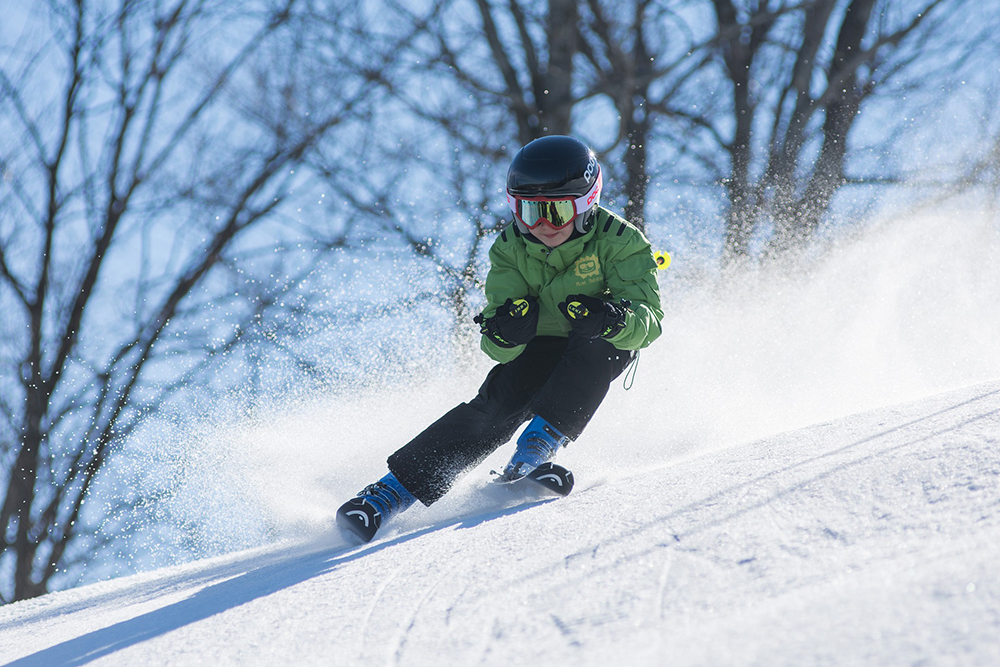Injury is a leading cause of blindness in children in the US. Most of these injuries occur while kids are playing sports. Thankfully, most sporting injuries can be prevented by wearing protective eyewear. Check out these sports eye safety tips!
WEARING PROTECTIVE EYEWEAR
Protective eyewear, made with impact resistant plastics, not only protects the eyes from UV rays, but it also protects them from harm. Wearing the right eyewear for your children’s sports are crucial to protecting their eyes from injury and blindness. Protective eyewear comes in many forms, such as, safety goggles, face guards, and specialty designed eyewear for particular sports.
Today, most protective sports eyewear, can be made to look like regular prescription glasses or you can choose goggles to wear over prescription glasses.
Some sporting activities pose a higher risk for eye injury than others, but precautions should be taken, no matter the sport, to ensure your child’s safety and vision. Many junior sports don’t always require children to wear protective gear. In those cases it ups to the parents, guardians, teachers and coaches to assess the risks and make the proper call for protective eyewear to avoid risk.
TYPES OF PROTECTIVE EYEWEAR
- sports where balls or other projectile objects are thrown, batted, hit, etc. like basketball, football, baseball, tennis, racquetball, etc.
- sports where your environment could pose a risk to your eyes, like hiking, mountain biking
Helmets with attached face shields should be worn when playing the following sports:
- sports where you need head protection as well as eye protection, like baseball, softball, hockey and tackle football, etc.
- sports with manual or motorized equipment like mountain bikes, road bikes, dirt bikes, skiing, etc.
And finally, swim goggles should be worn in chlorinated or salted water while playing the following sports:
- Competitive swimming, surfing, water polo, water skiing, tubing, body surfing, etc.
There is also, specialty types of eye and face protection for sports such as Fencing, Lacrosse, Paintball and while playing certain positions in team sports.
Be sure to speak with your child’s teachers, coaches, and eyecare professionals to make sure you are oing all you can to prevent injury or blindness during what should normally be a fun sport for your child!
For more helpful eye care and vision care tips, please visit our main blog page.
Sources: National Eye Institute

